Podcasting is big business. In the last 20 years, it’s gone from a hobby to a money-making goldmine.
Earnings can vary widely based on factors such as download numbers and revenue streams, ranging from $700 a month (based on around 10,000 downloads per episode) all the way up to millions!
Yes, we said millions. Podcasting used to be a cute add-on to your business, but those days are long gone. Now, it can be 100% of your revenue stream.
The good news is that anyone can start a podcast. All you really need is basic equipment, a hosting platform and something great to talk about. Begin your journey today with Whop’s 2024 guide to starting a podcast.
Podcasting 101
A podcast is on-demand audio content. Content creators record episodes of their podcast, which listeners can access via one of many platforms, such as Spotify, YouTube Podcasts, and Apple Podcasts.
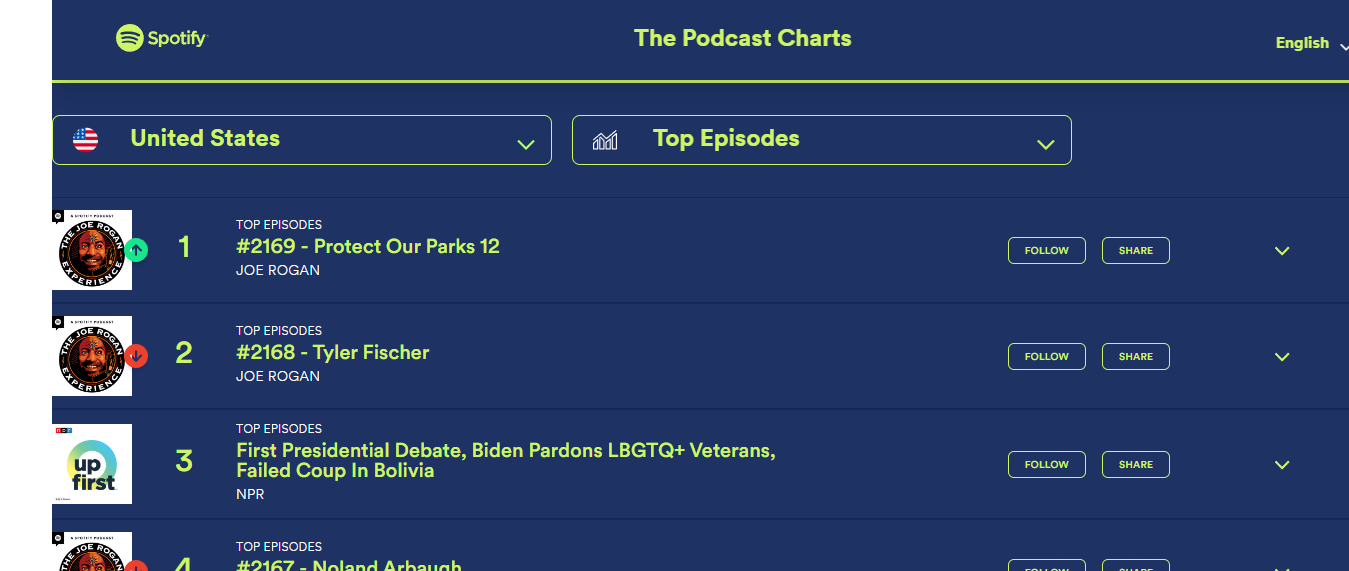
Podcasts are often free for users but can be subscriber-only. Aside from subscriptions, there are other ways for content creators to monetize a podcast, which we’ll get into in a bit more detail later.
Podcasts typically focus on one subject, topic, or niche. Within each of these topic areas, podcast creators generally focus on a specific audience segment. For example, we've compiled a list of the best podcasts in the ecommerce niche. These podcasts include everything from tips on how to start selling online to developing the right mindset.
In terms of size, the podcast market is worth $32 billion in 2024 and is expected to grow by around 27% a year to the end of the decade – so now’s a great time to get going and add your voice to the podcast universe.
We have lots of fantastic resources on podcasting at Whop, including courses, communities, and software – all designed to help you create a profitable online business.
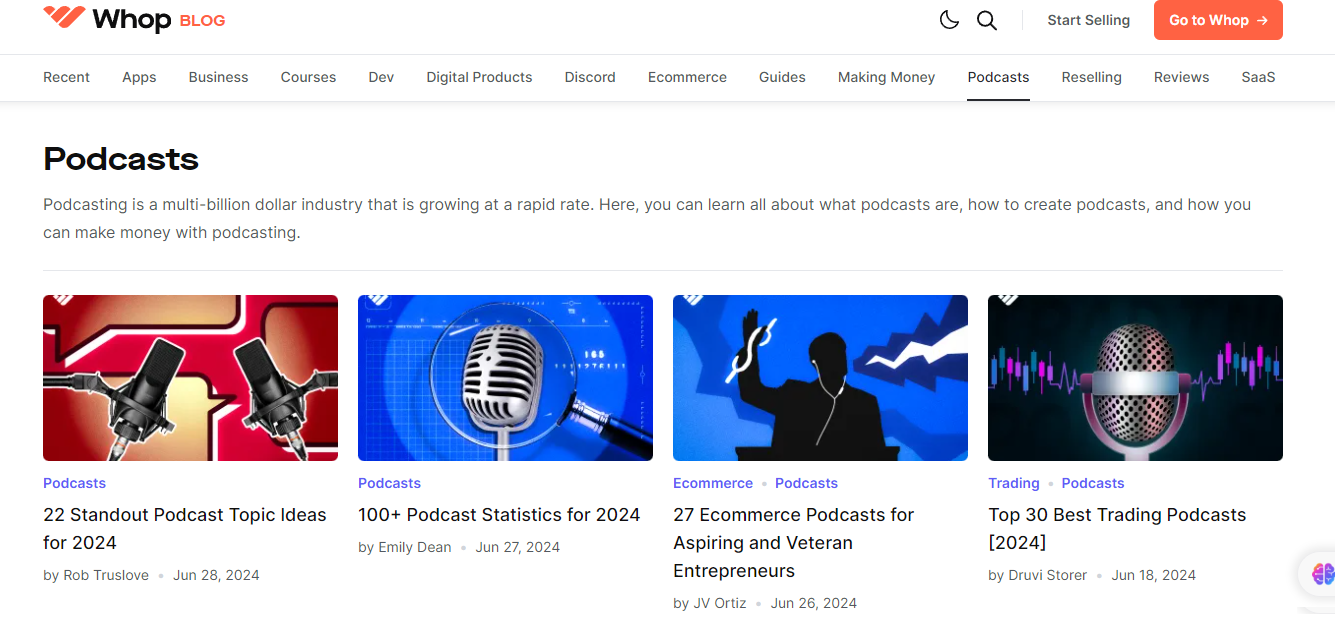
Why Start a Podcast?
Now you know the basics of podcasts, why should you start one? Aside from the juicy monetization potential, there are several great reasons for podcasting, including:
Building a brand: As you research podcasts, you’ll see that many exist to complement a wider brand, whether it’s a company or an individual. Along with social media, blogging, guest posting, ebooks, and so on, podcasts let the world know who you are and what you’re about.
Promoting your business: Whatever type of business you own, a podcast is another way in which you can get the word out and keep your products and services at the front of people’s minds – something that’s crucial in today’s oversaturated world.
Establishing authority: A podcast is a great way to set yourself up as an expert or authority in your niche. You can connect with your audience on a personal level and become the ‘go to’ source, whether it’s for the latest tech reviews, marketing tips, or celeb gossip.
Sharing stuff you love: Many great online businesses start with a hobby or passion. So, if there’s something you love, from gaming to the latest beauty products, maybe that’s your motivation to begin podcasting – who knows where it could lead?
What Do You Need to Start a Podcast?
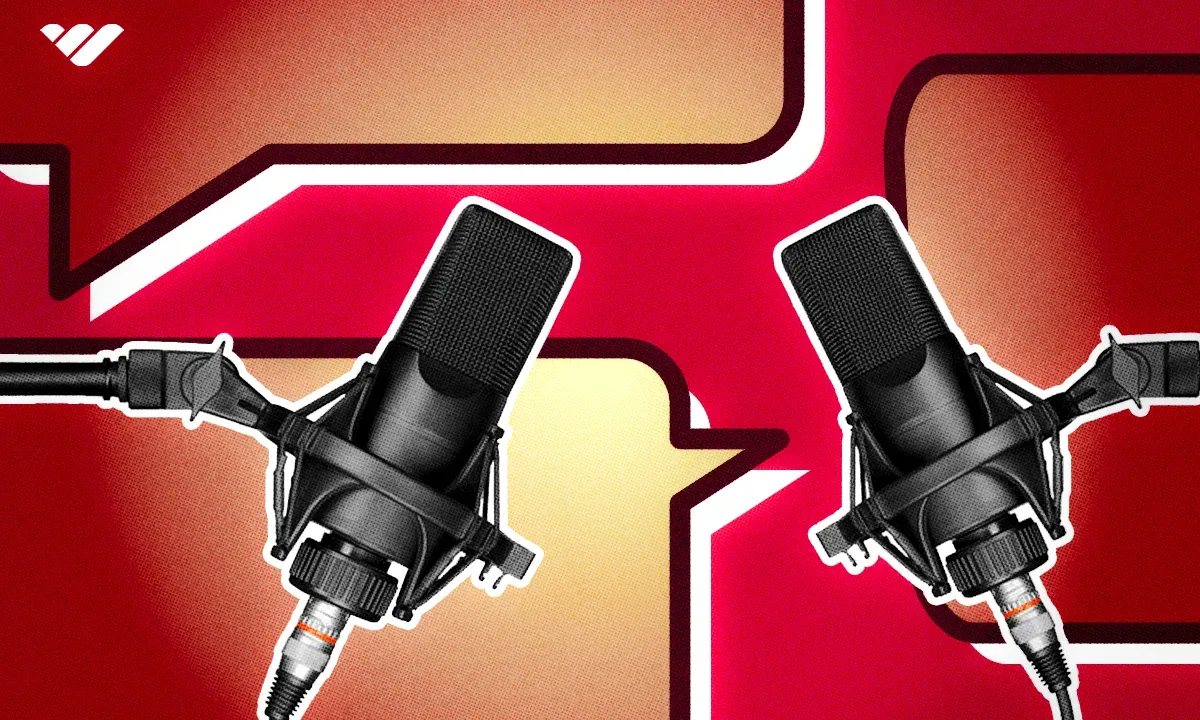
Okay, we’ve convinced you that podcasting can pay off! So, how do you start a podcast? Here is everything you need to get started, from ideas to equipment:
1. A Well-Defined Niche
This is an important decision which will guide your content creation, branding, and overall podcast business. With a well-defined niche, listeners can quickly determine if you’re right for them. And you can quickly show that you’re an expert in a particular niche.
If you already have an online presence or business, choosing a related podcasting topic is easier. However, you still need to define your target audience. If you want to podcast on, for example, the topic of finance, do you want to help students save money or help big money investors build wealth?
When it comes to podcasting, it’s better to be a master of one trade, rather than a jack of all. Look at this true-crime podcast called Criminal – it’s clear what topic they’ll be covering…
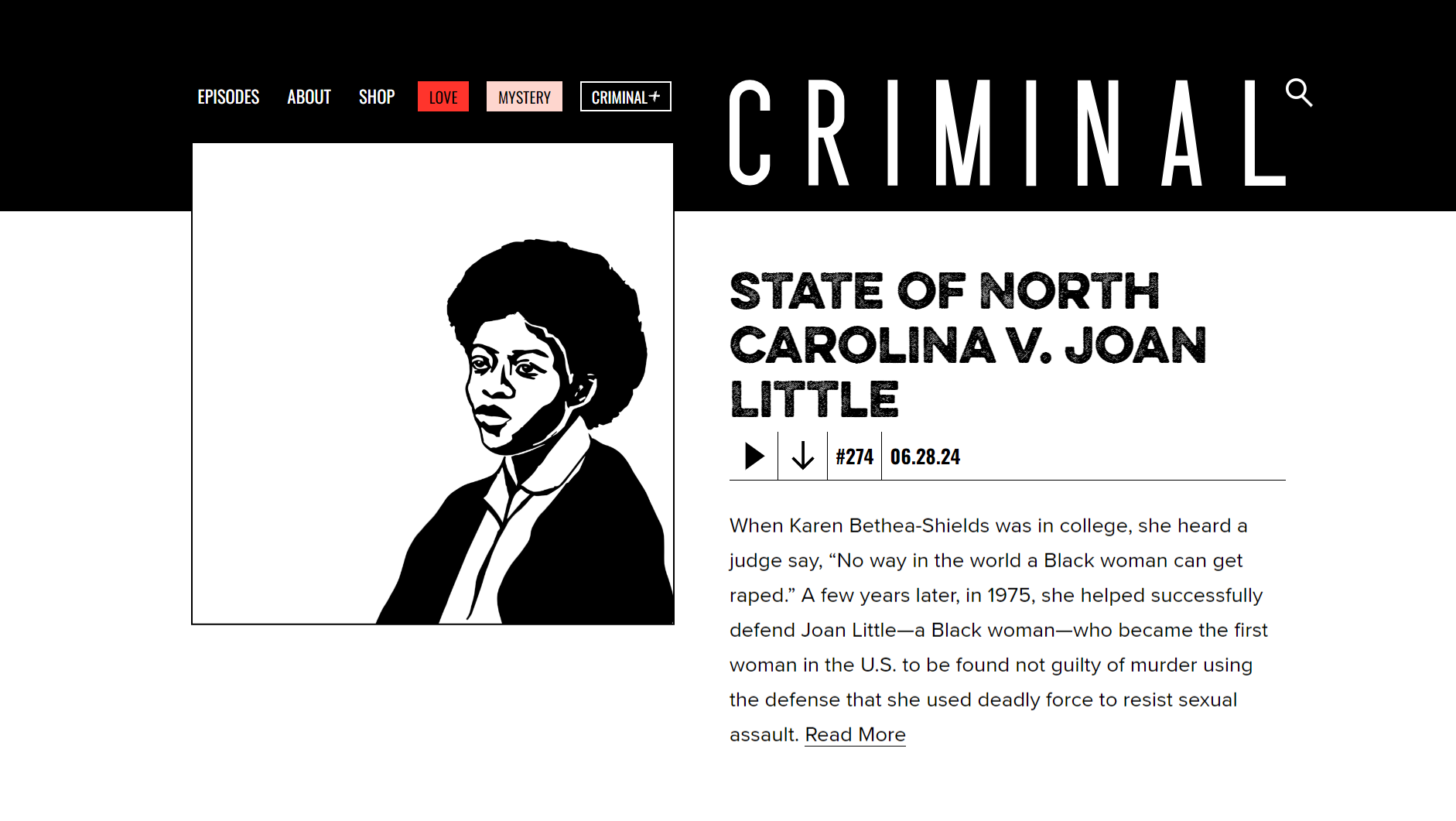
2. A Relevant Format
The niche you choose can determine the format you use. For example, you wouldn't use a review format for a lifestyle podcast. There are several different podcast formats, each of which suits different topics and episode lengths. Format options include:
- Editorials: Opinion-driven content (e.g. The Ben Shapiro Show)
- Discussions: Several hosts or guests talking about a topic (e.g. Lights Camera Barstool)
- Call-ins: Audience participation podcasts (e.g. The Ask Noah Show)
- Reviews: A breakdown of what’s new (e.g. Now Playing - The Movie Review Podcast)
- Interviews: Guests share their thoughts (e.g. The Weekly Show with Jon Stewart)
- Creative: A storytelling format, sharing fiction or true-life tales (e.g. The Moth Podcast)
When it comes to episode length, they can range from about 15 minutes for single-host podcasts up to about three hours for ad-hoc discussion-based or call-in podcasts.
For example, The Joe Rogan Experience, which is the number one podcast in the world with three billion listeners, typically shares episodes which are anywhere from two to four hours long.
Top tip: Listen to some sample episodes in your niche to get an idea of what works and what you could do better.
3. Pre-Planned Podcast Schedule
Like all types of content, podcasting can get out of hand if you don’t have a schedule. Planning an initial schedule of eight or 10 episodes is also a great way to know if your podcast idea has long-term potential.
If you run out of gas after episode three, maybe you’ve got yourself a few blog posts rather than a podcast series. Similarly, if you find your episode plan becomes unwieldy and all over the map, it’s a good idea to think about niching down.
When it comes to how often to podcast, once a week is a good start. But look at what other podcasters in your niche are doing, as it will vary by topic and by format.
Some current affairs podcasts might have episodes several days a week, while other types might have new content twice a month. As you build your audience, it’s important to pick a schedule and stick to it for consistency.
4. Adequate Equipment
Think you need to spend top-dollar to get kitted out for podcasting? Think again. You can get started with a simple home studio set-up.
At the most basic level, your smartphone can be used to capture audio, with mobile apps like Audacity and Anchor by Spotify available to download, which offer editing and publishing tools.

However, if you want a more flexible and professional home studio, the main elements you’ll need are:
- Microphone
- Headphones
- Computer
- Digital recorder
If you want more control over the editing and mixing process, think about investing in a digital audio workstation. A further piece of kit you might want to add is a camera to record a video version of your podcast. It can enhance the experience for your audience, and allows you to grow a following on platforms like YouTube, Instagram, and TikTok.
Later on, you can add extra tech or even consider renting professional studio space. This has become big business, so shop around to find the best space for your needs and budget in your location.
If you need help choosing the right equipment, here are three budget-friendly podcast setups, ranging from $0 to $500.
5. A Podcast Hosting Platform
To get your podcast on to platforms where listeners can download the episodes, you need to find a hosting service.
Once you’ve recorded your podcast episodes, you upload the files to the host site for distribution. Each of the hosting platforms offers different tools and features, so take some time to research what’s best for your needs.
Many of the podcast hosting platforms work on a subscription model, although there are free options. A few popular platforms for those starting out include:
Buzzsprout: A good platform for beginners, which offers useful features such as a transcription tool, so you can access the text of your podcast. It also offers the ability to edit your audio and provides analytical data. It’s available on a 90-day free trial.
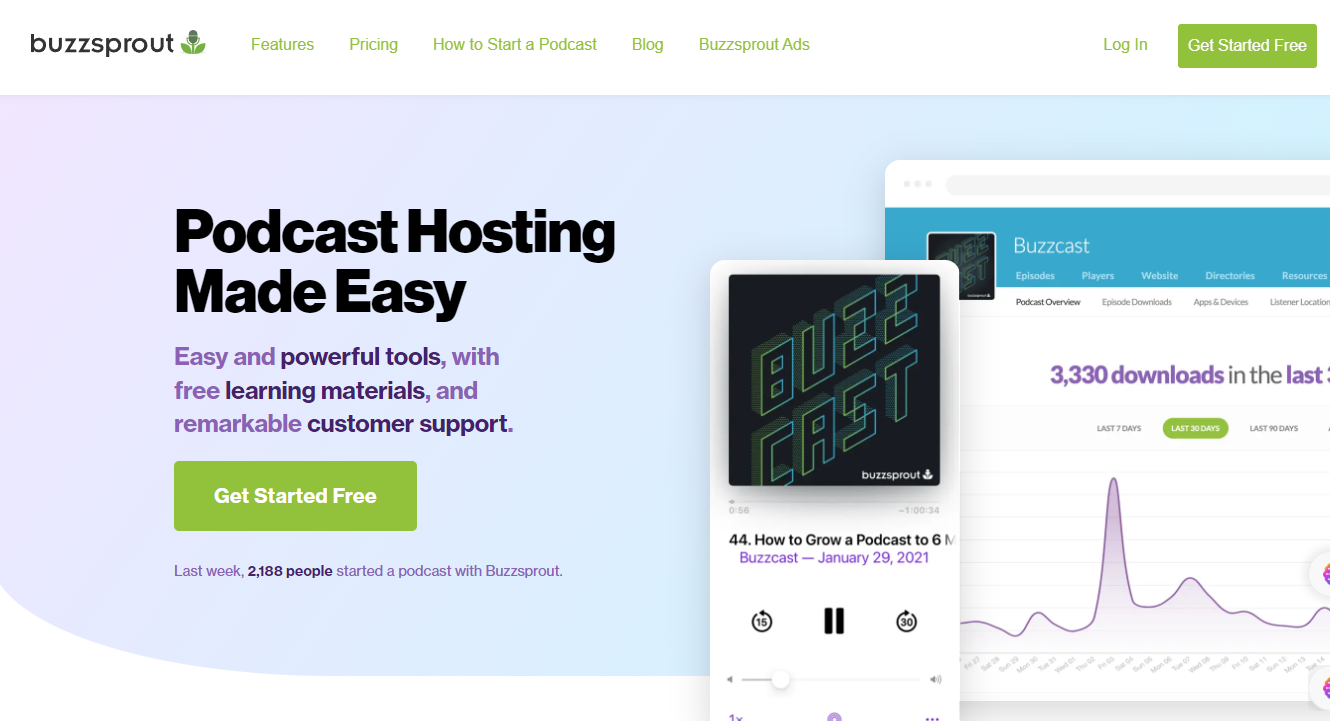
Spotify for Podcasters: If you came here to find out how to start a podcast for free, this is a good option. While it has its limitations, it’s a great place to start if you’re a beginner and don’t want to commit to a paid subscription.
Podbean: This is another user-friendly platform, which is especially good for beginners, and features some great built-in monetization options and sharing tools. You can start with the free option and later upgrade to the paid version.
Libsyn: One of the larger hosting platforms, this offers all kinds of useful features such as monetization and distribution tools, as well as analytics. There are no free trials, with the cheapest plan (suitable for beginners) priced at $7 a month.
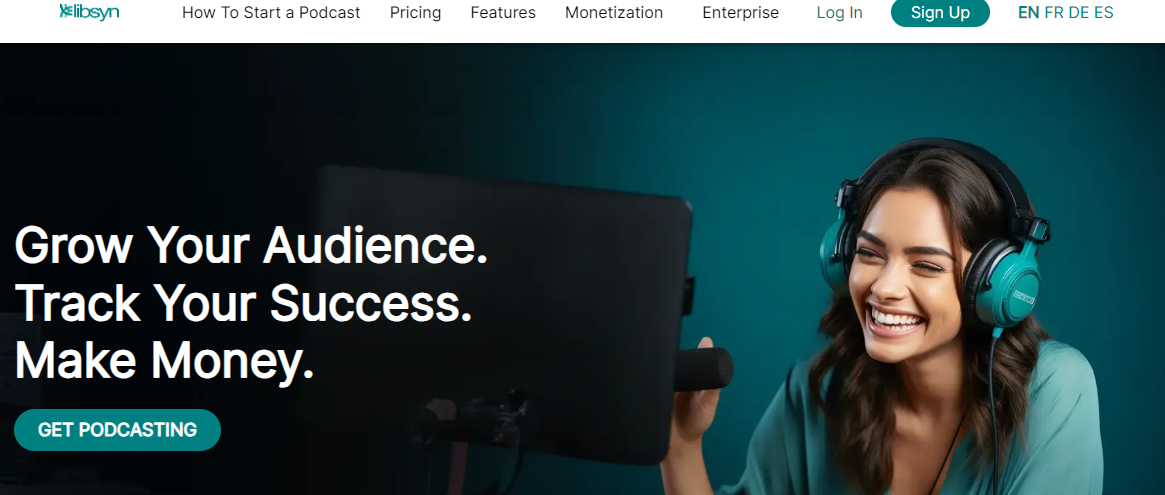
Spreaker: One of the advantages of this platform is that it works as an all-in-one option, offering the ability to create, host, and distribute your episodes, as well as monetize your podcast. There is a free, basic option available.
6. Recorded, Edited Episodes
Now, having a podcast episode seems like it would be a given, but the emphasis here is having episodes that are recorded, edited, and ready to go. This way if you come across some setbacks like falling sick or equipment breaking, then you still have episodes in your content bank ready to go, meaning that you can stick to your pre-defined release schedule.
The first episode in your podcast series sets the tone and introduces you to your audience, so take some time to get it right. The great thing about recording your podcast episodes is that you can keep doing takes until you strike gold.
The idea is to create episodes that listeners love and want to download and share.
If you’re planning a more formal, presentation-based podcast, such as a review or news, writing a script can help to keep things on track.
Meanwhile, a chat-based, discussion or call-in podcast should be looser and more conversational – just make sure it doesn’t fall flat.
For interview-based podcasts, research your guests beforehand and put together a list of questions so the episode flows.
When it comes to recording your podcast, find somewhere quiet and distraction-free. Even if you’re using basic equipment or going the smartphone route, editing your podcast is important to mix the audio and remove background noise.
Once you’re happy with the audio, you can upload your podcast to your hosting service and submit it to one or more podcast directories. These are libraries of podcasts which listeners can search to find what they want or discover something new. They also act as audio players, so users can listen to the content they find. Examples include Apple Podcasts, Spotify, and Podcast Index.
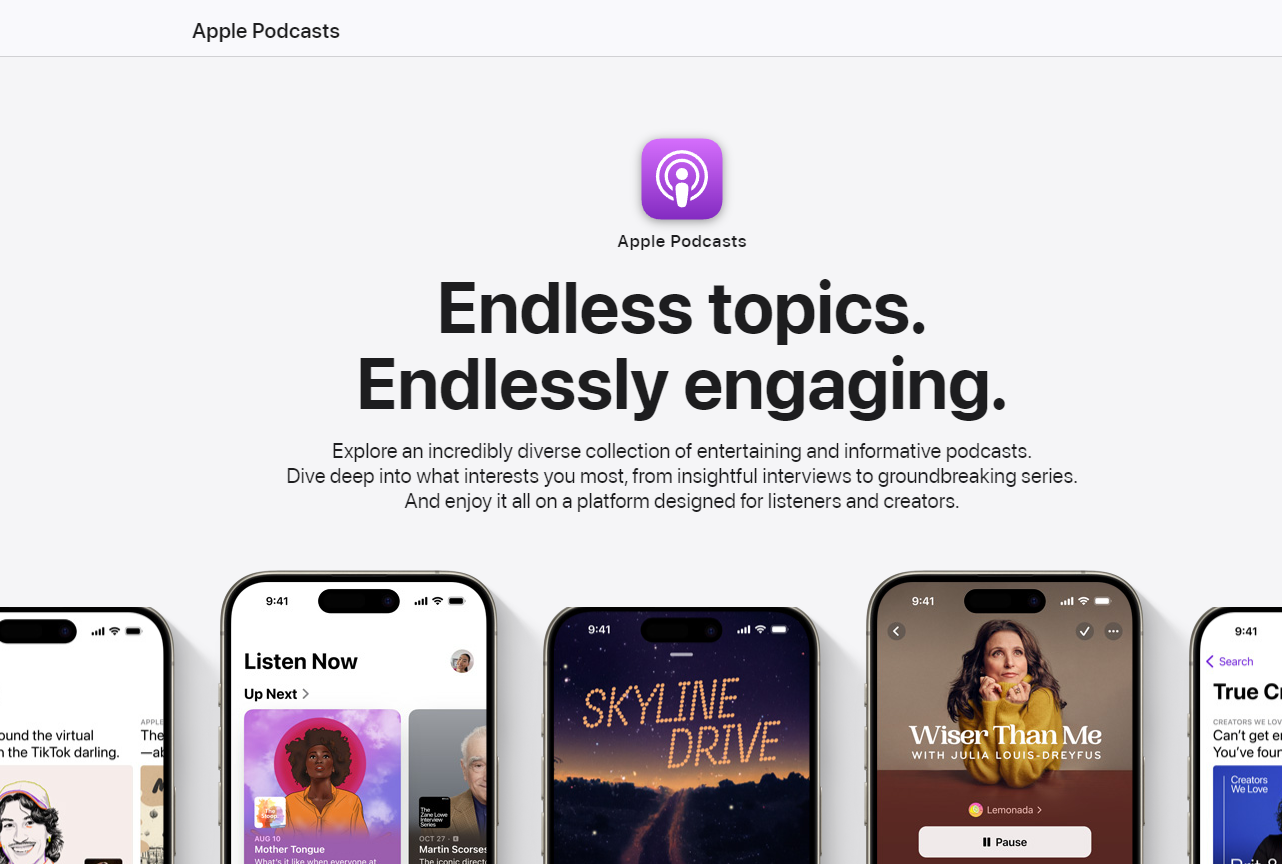
7. Marketing Streams
Once you’ve uploaded your podcast to your hosting platform and directories, make sure you promote your efforts to build and maximize your audience. Podcasts are popular but because there are so many of them across all topics, capturing a slice of the potential listenership is challenging.
Research from 2023 found that two-thirds of adults aged under 30 and nearly six-in-10 aged 30 to 49 had listened to a podcast over the previous year. However, the average podcast gains 141 downloads in the first month. Those which make it into the top 10 have upwards of 3,400 downloads.
Ways to get the word out about your podcast include:
Use your keywords: Research keywords relevant to your podcast and incorporate these into your audio and text content.
Create a website: Build a site dedicated to your podcast and either add transcripts of your audio or condense lengthy text into a blog post.
Repurposing: Look at ways you can reuse and adapt your content into different formats, such as video, ebooks, and infographics.
Leverage social media: Be sure to promote your podcasts on all your social media channels and respond to any comments. Take a look at how one of the top health podcasters in the world, Dr. Huberman, spreads the word on X:
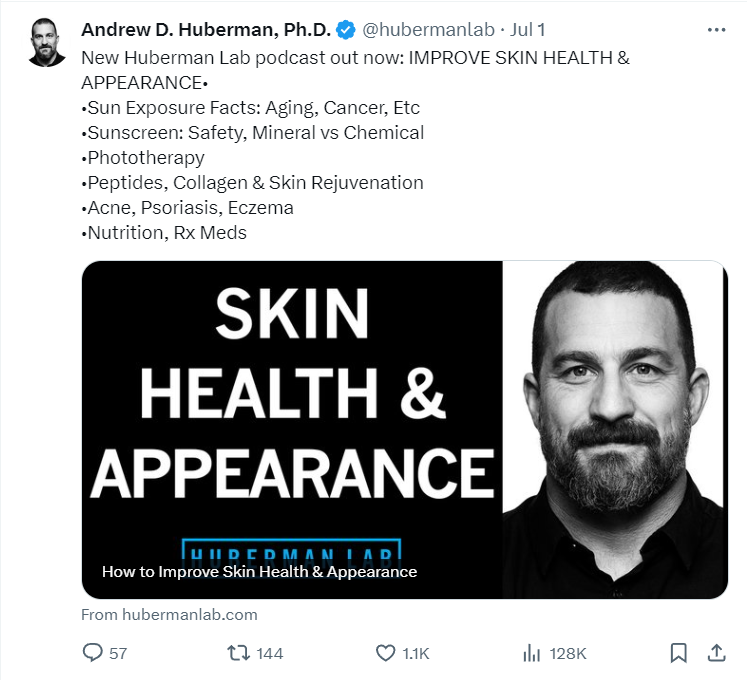
8. Methods to Monetize
This might seem like it should be one of the first things to think about, but we’ve left it to the end as to be profitable, you need to take the time to develop your content and grow your podcast’s audience.
We have a dedicated guide to monetizing a podcast, which you should definitely check out. However, to get you started, here is a quick rundown of how to make money from your podcast:
- Advertising: Selling ad space to relevant brands via one of the podcast ad networks
- Sponsorship: An arrangement whereby a company pays you to promote their brand
- Merch: Selling apparel and other merchandise featuring your podcast brand logo
- Paid content: Offering paid-for subscriptions for extra episodes or a related newsletter
- Related products: Podcasters can sell ebooks, courses, coaching, and other relevant services
- Affiliate marketing: Spotlighting specific products on air in return for commission on sales
Get More from Podcasting with Whop
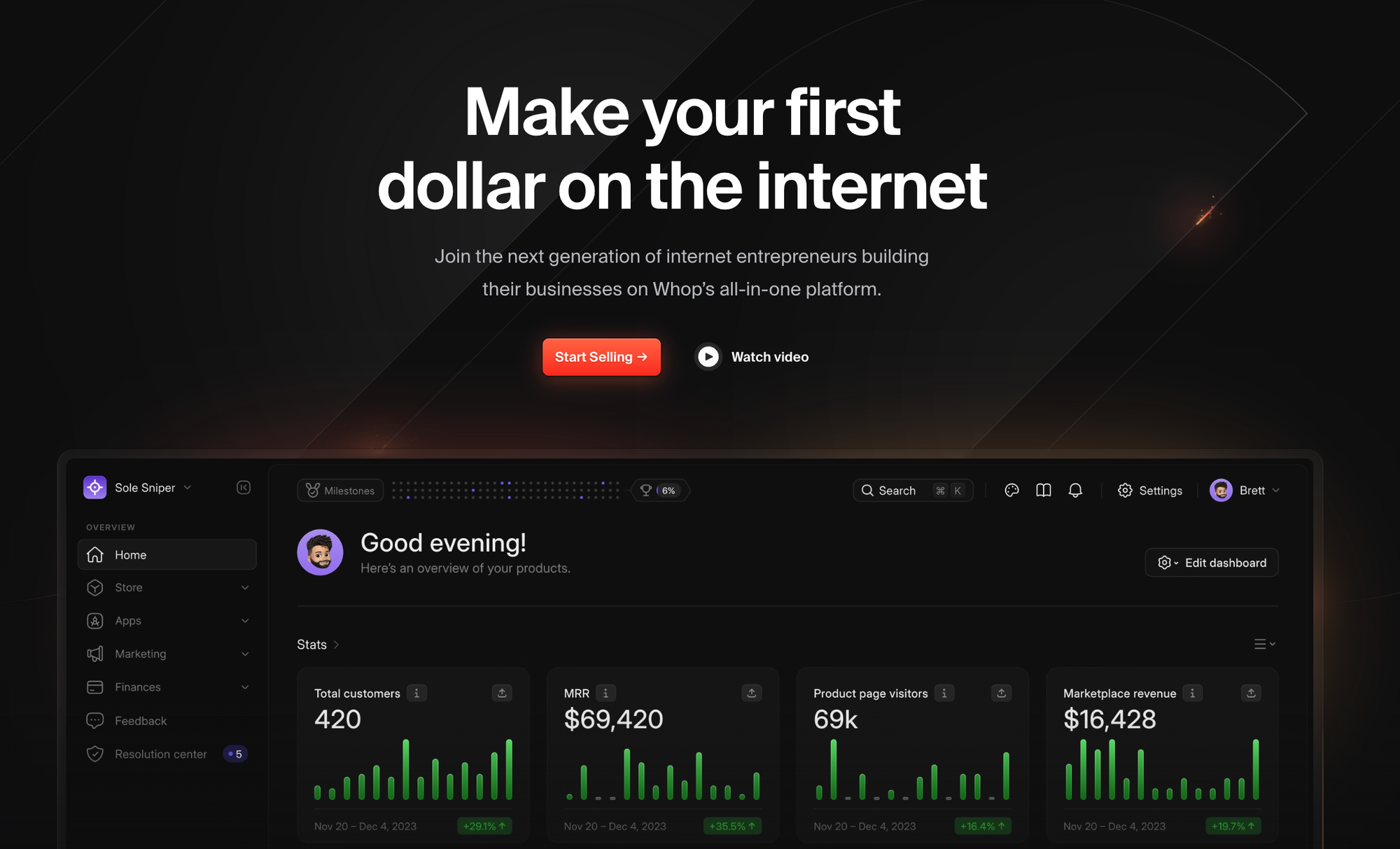
Still unsure where to start with podcasting? We get it. Launching any kind of online business can be overwhelming. In fact, many people find it so daunting they never get their business off the ground – don’t be one of them.
At Whop, it’s our mission to set you up for success by giving you all the tools you need to make money online. From our marketplace with thousands of communities, tools, and resources to help you make money online, to our all-in-one social commerce platform that lets you sell your own digital products, it’s all here for you.
Want to monetize your podcast with subscriptions and memberships? No problem. Want to track growth and retention? We can do that too with the Whop dashboard.
So, don’t struggle alone. Get started today. Launch a thriving podcast with Whop.
![How to Start a Podcast: Step-by-Step Guide [2024]](/blog/content/images/size/w600/2024/07/How-to-start-a-podcast.webp)

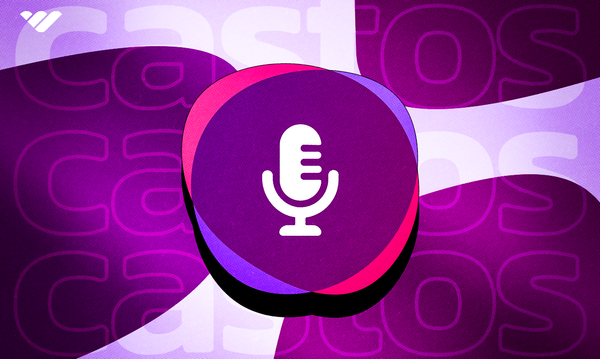

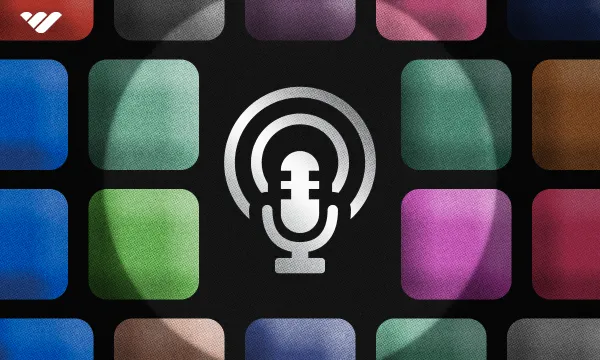
![Spotify for Podcasters: Complete Review & Tutorial [2024]](/blog/content/images/size/w600/2024/10/Spotify-for-Podcasters-Review--Tutorial.webp)